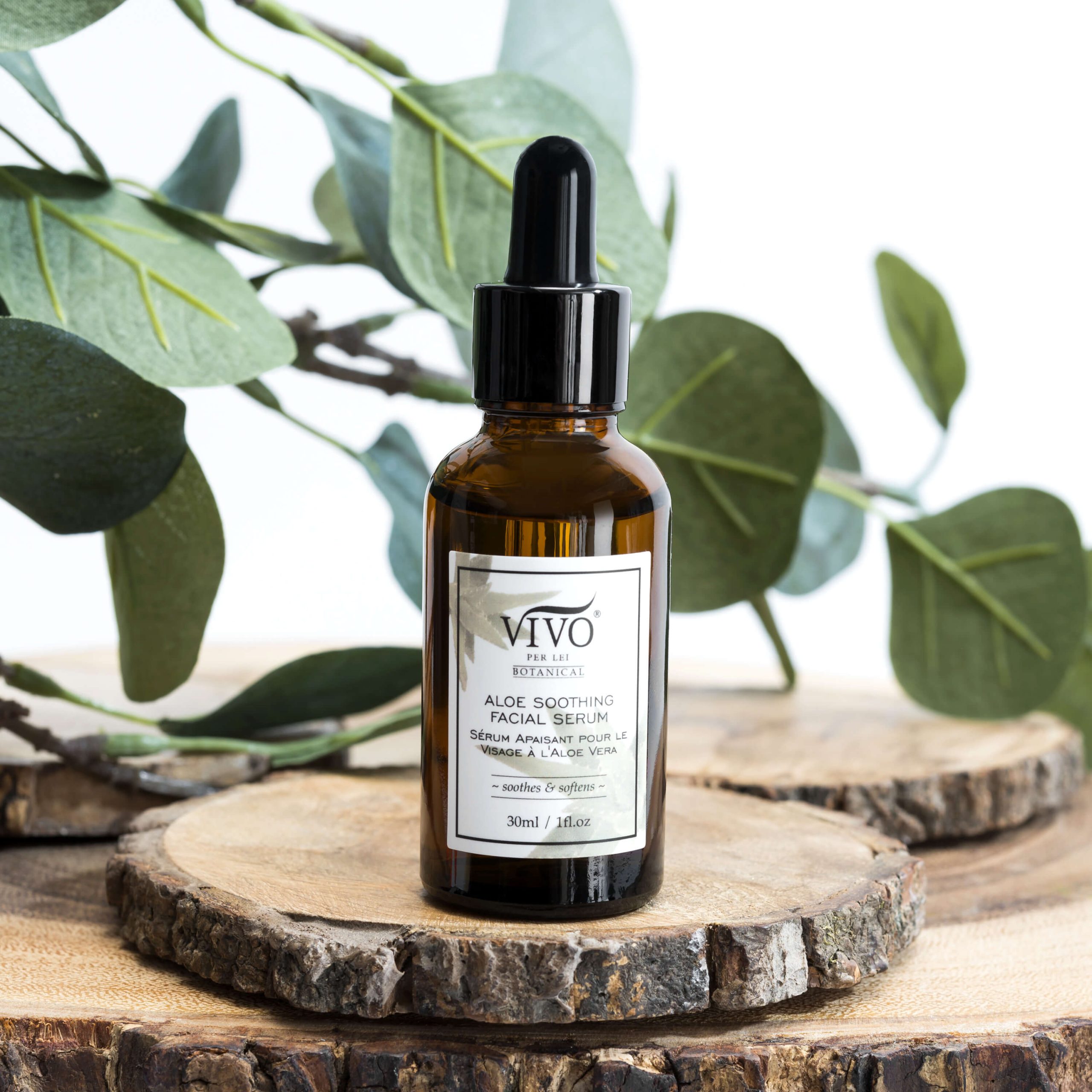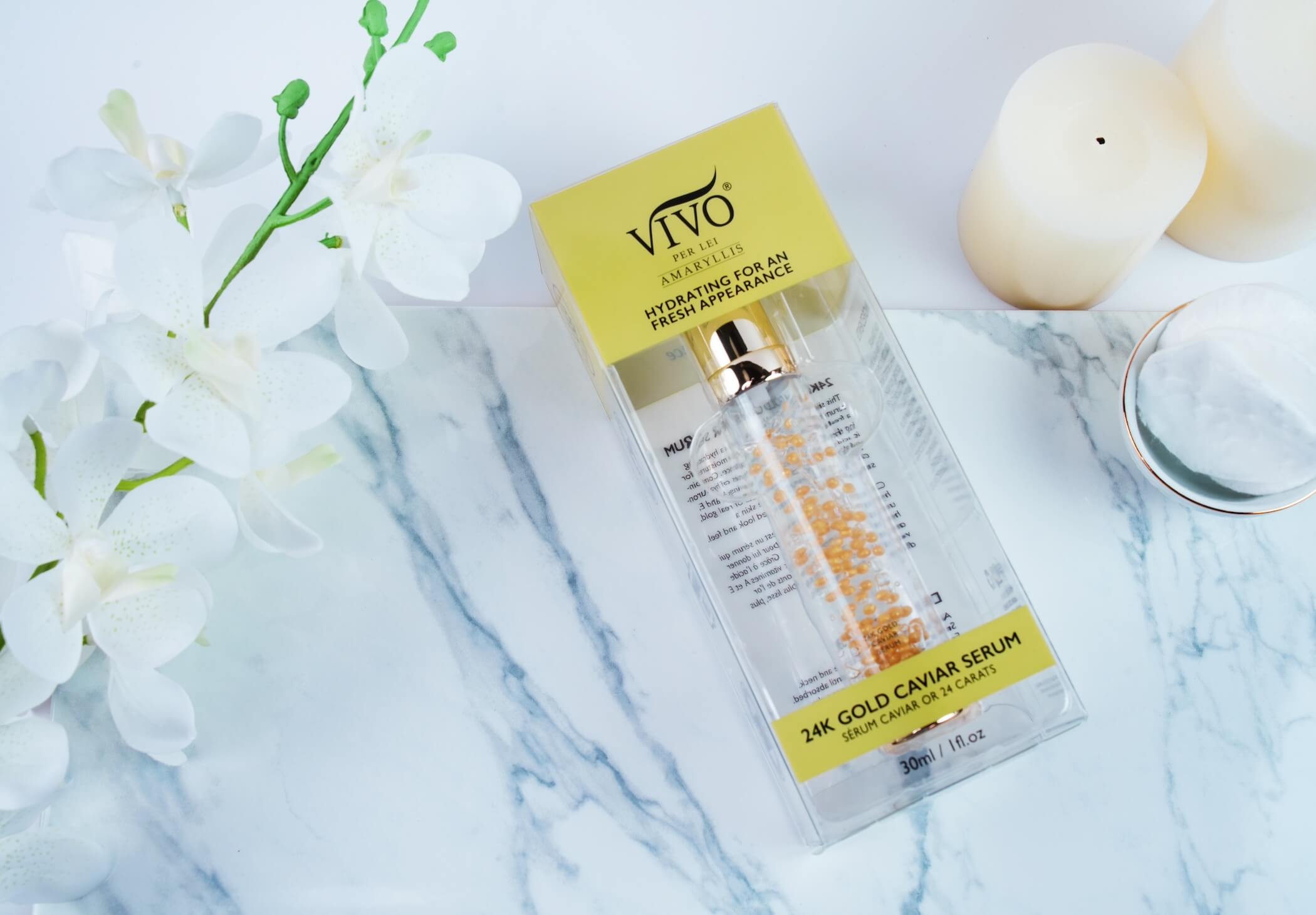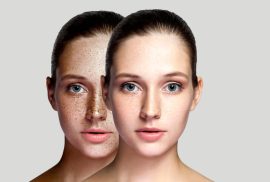How to Layer Your Skincare Products for Maximum Benefit

Want to make sure that your skincare products are as effective as possible? This is why so many experts preach about the importance of correctly layering products. Get those layers right and you’ll be able to promote absorption while encouraging each product you apply to work to its full potential.
What’s the secret behind perfectly layering your skincare products so that you can reap maximum benefits? Read on as Vivo Per Lei talks through everything you need to know!
Layering Skincare Products: The Light-to-Heavy Rule
While learning how to layer skincare products may seem a little daunting, especially if your skincare routine currently consists of a long line of products, there’s a general rule that you can follow to make this much easier:
Start with your lightest and thinnest skincare products before working your way up so that you finish with the heaviest and thickest product in your routine. Here’s what this would look like for a basic evening skincare routine:
Start With a Cleanser

The very first step in any skincare routine, before you even start considering how to layer the rest of your skincare products, should be to cleanse. If you don’t cleanse your skin first, how you layer your products won’t really matter. Why? Because the layer of dirt, sweat, dead skin cells, sebum, and more that’s sitting on your skin’s surface will block your products from accessing your skin cells.
It’s worth keeping in mind that many cleansers are notorious for irritating and drying out the skin. This will interfere with how receptive your skin is to the other products you apply. If you want your products to fully work their magic, keep your complexion calm and soothed with a gentle cleanser. The Vivo Per Lei Hyaluronic Acid Daily Facial Wash, which contains sodium hyaluronate, hemp seed oil, and amino acids, will do just that!
If You Use a Toner or Essence, Apply it Next
While toners and essences aren’t essential products in a skincare routine, they can be undeniably helpful. Both provide an extra layer of hydration, along with skin-loving nutrients.
Which goes first, considering they’re both quite thin in consistency?
A toner is always applied after cleansing, followed by an essence. This is due to how toners also work to rebalance the pH level on the skin’s surface, which is often thrown off during the cleansing process.
Essences, on the other hand, usually focus solely on hydration and helping with other visible skin concerns. If you’re skipping the toner, then go ahead and apply your essence after cleansing. It won’t function in quite the same way as a toner would but it will still provide plenty of benefits!
Apply a Serum

With serums being thicker than toners and essences but lighter than creams, they’re applied in between these skincare products.
For the best results from your skincare routine, pick a serum that caters to your skin’s needs. For example, if you’re dealing with dehydration and inflammation, the Vivo Per Lei Aloe Soothing Facial Serum would be a great choice. With a blend of aloe vera and sodium hyaluronate, plus amino acids, it will leave your skin looking calm, even, and refreshed.
Having said that, you don’t need to limit yourself to just one serum. With serums capable of carrying a high concentration of powerful ingredients, they can work wonders on the complexion, especially if they’re layered. When layering multiple serums, the light-to-heavy rule still applies. Start with the thinnest serum and end with the thickest. Avoid layering more than three serums in a single skincare routine, however. This only increases your chances of diluting those potent ingredients and making them less effective overall.
Eye Care
With the skin around the eyes being quite unique in composition, it often requires extra care. Due to its thin nature, it’s very prone to wear and tear, along with the visible signs of aging.
Eye care products are usually applied in between serums and moisturizers. Why? Because most eye creams are thicker than a serum but thinner than a regular face moisturizer.
What about eye serums? These can either be included when following the light-to-heavy rule with your other face serums or applied at this stage in your routine, meaning after your other serums.
Finish With a Moisturizer
Other than a sunscreen, which we’ll soon be talking about in more detail, your moisturizer will be the heaviest product in your skincare routine. As a result, it should be applied last.
Wondering if you can skip the moisturizer? Our advice would be…don’t. No matter your skin type, a moisturizer is extremely useful at forming a moisture barrier over the skin’s surface. This will help to keep your skin cells hydrated. So long as you pick a moisturizer that’s suitable for your skin type, you’ll see great results.
Layering Potent Actives

We’ve already talked about how serums can be layered in line with the light-to-heavy rule. However, there are usually exceptions to rules. When it comes to serums, the exception lies in formulas containing powerful active ingredients.
Let’s use retinol as an example. It’s a potent vitamin A derivative that has been proven by numerous studies to drastically help with the appearance of wrinkles, hyperpigmentation, roughness, and more. It’s a popular active ingredient – one that you’ll find in the Vivo Per Lei 24K Gold Caviar Serum. This serum also contains vitamin E, caviar extract, and a few other exquisite ingredients. They all come together to create a blend that’s slightly thicker than some of the more watery serums out there.
Going with the light-to-heavy rule means that this serum would likely be applied after any other serums that you’re also using. However, this means that the retinol in the serum wouldn’t necessarily have easy access to your skin cells. It will first need to pass through the other serums (plus essence and toner) that you’ve already applied.
Is this a problem? It can be. If your skin is sensitive, having another serum that acts as a barrier between the retinol and your skin can be helpful. However, if you want the retinol to work to its full potential, it should, ideally, be as close to your skin as possible. In this case, go ahead and break the light-to-heavy rule. Apply your more potent, active serum first and then follow up with the other serums in your skincare arsenal.
Layer in Reverse When Needed
As we mentioned above, sandwiching another serum in between your skin and a more potent serum can be beneficial if your skin is partially sensitive. However, if your skin is very sensitive, this may not be enough. Your skin could still react to the more potent ingredients in your second serum.
Does this mean that you should avoid using skincare products containing active ingredients? Not necessarily. Instead, it simply means that you may need to adjust how you layer your skincare products…
Rather than going with the light-to-heavy rule, consider layering your products in reverse. After cleansing your face, move straight on to your moisturizer. Then, once this has been applied, follow up with the potent serum that was previously irritating your skin. Now that there’s a moisturizer providing a buffer between the serum and your skin, those active ingredients are far less likely to cause a reaction. Yes, it also means that your skin won’t experience the true spectrum of the benefits that the active ingredients from the serum can provide. However, you’ll still be able to soak up a small amount of them, which should be enough to bring improvements to your complexion without the associated irritation.
Once your skin has grown accustomed to those active ingredients in this more diluted manner, you can then start to introduce that serum into your routine before your moisturizer. It’s a great way to encourage your skin to learn how to tolerate certain ingredients.
Understanding How to Layer SPF
Well, when it comes to SPF, the light-to-heavy rule doesn’t apply. Instead, you need to take a look at whether your sunscreen is chemical or mineral. While both are great for preventing sun damage, they work in different ways and this affects how they should be layered.
Chemical sunscreens make use of certain chemicals that absorb UV rays. They’re then converted into heat, which is released from the skin. In order for those chemicals to do this properly, they need to be sitting near-ish to your skin. This means that a chemical sunscreen should be applied before you moisturize your skin.
A mineral sunscreen, on the other hand, uses minerals to deflect UV rays away from your skin. For this to happen, they need to be sitting on your skin’s outermost layer. This means that a mineral sunscreen should be applied after a moisturizer.
Misting in Between Layers
Face mists are another exception to the light-to-heavy rule. Technically, they should be applied after cleansing since face mists tend to be very light and watery products.
However, you don’t need to limit your face mist to just one application post-cleanse. Instead, it can actually be very beneficial to spritz your face with a mist in between the other layers that you apply. Why? Because this adds extra hydration to your skin. Each subsequent layer will then lock that hydration in, pushing it deeper rather than allowing it to evaporate away.
Summary
Learning how to layer skincare products can seem like a minefield. The easiest way to ensure that you get things right is to start off with a very basic routine, just like the one that we shared earlier. Then, once you start adding in extras, such as multiple serums, it will be much easier to figure out exactly where these products fit into your routine.
Click here to shop for more bestselling skincare products from Vivo Per Lei.





